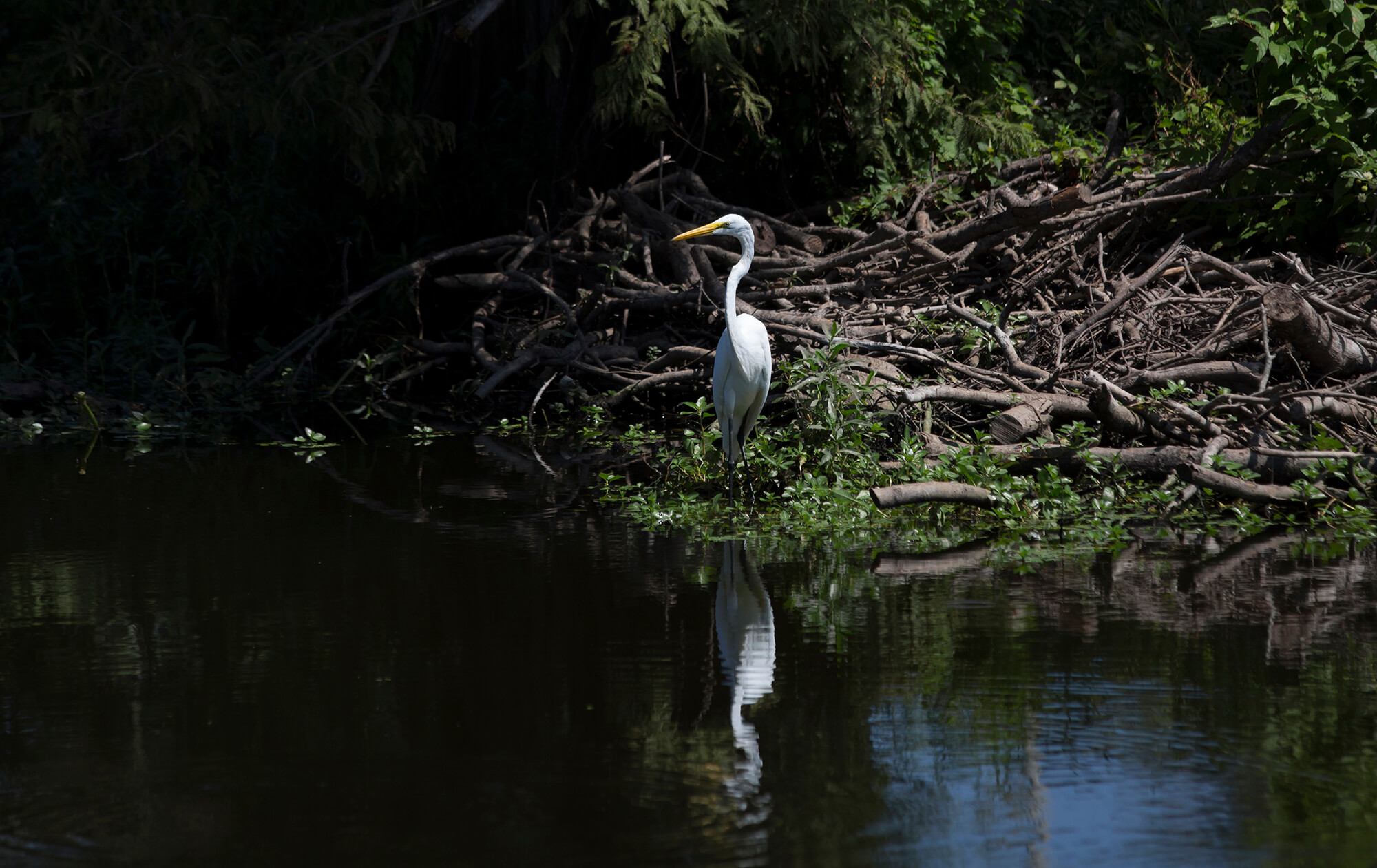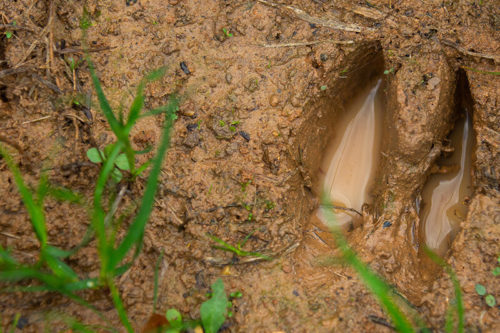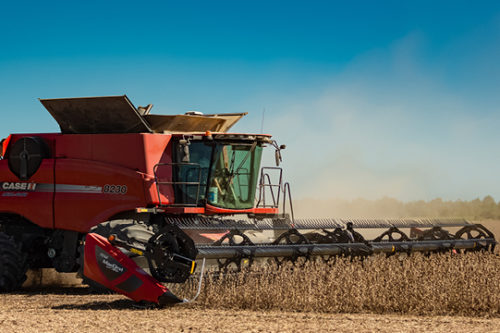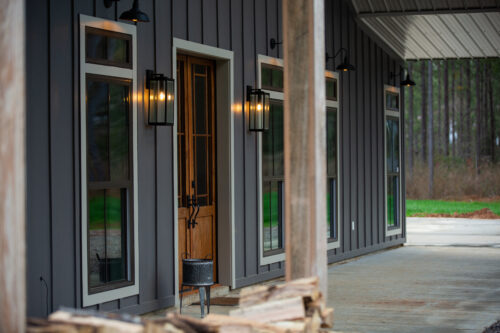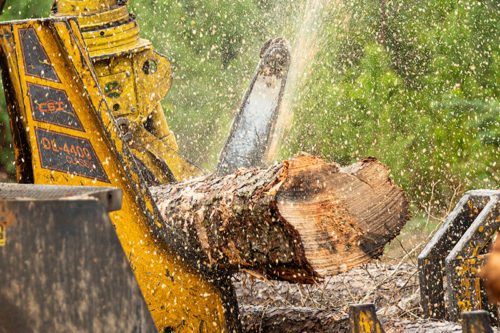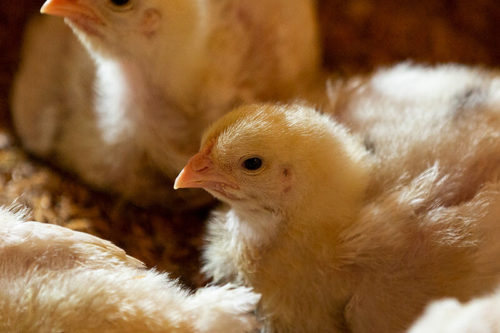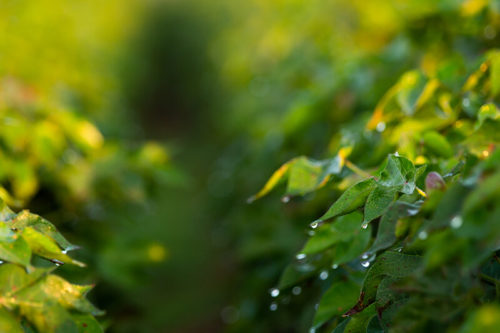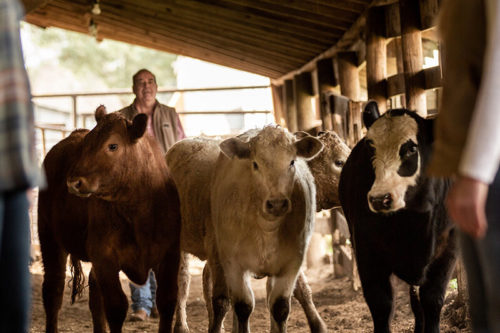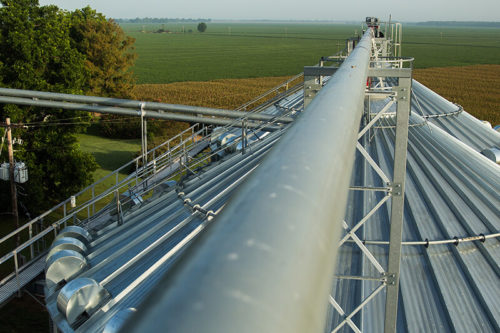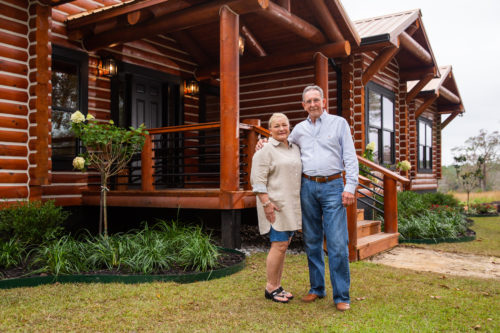Rural Pond Management in Mississippi and Louisiana
Ponds on rural properties need regular care to maintain their health. Properly maintained ponds can be a great place to paddle around, swim, fish, and improve wild habitats. However, poorly maintained ponds can be burdensome and possibly dangerous.
An unmaintained pond can cause many problems, including:
- Propagation of invasive species
- Death of fish and other pond inhabitants
- Seepage, causing erosion and damage to nearby structures
Check out these management practices rehabilitate the pond on your property.
Rural Pond Management Practices
Algae treatment
Cyanobacteria, or blue-green algae, grows in stagnant water. This bacteria is toxic to humans and most animals, including livestock, birds, fish, frogs and dogs.
One way to manage the algae is by using aquatic herbicides.
“The most common and versatile management strategy is the use of aquatic herbicides. In comparison to mechanical control, herbicides provide longer control, are less labor-intensive, provide flexibility and predictability, and are generally cost-effective. If conducted under ideal conditions and the product label is followed, the application of algaecides and aquatic herbicides will have minimal effects on the ecological balance, and several of the products have relatively short half-lives (hours to days).” Louisiana State University (LSU) Ag Center’s “Harmful Algal Blooms” by Chang Jeong
Aquatic herbicide is only one tool in the toolbox for invasive weed and algae management. To learn about techniques that use less chemicals, visit Mississippi State University’s Weed Control site.
Pond aeration
Oxygen level is a primary attribute of a healthy pond. In Mississippi and Louisiana, pond oxygen can be severely depleted by high temperatures and heavy rainfall. One of the best ways to keep oxygen levels up is to make sure the water is circulating. Using aeration equipment, you can restore oxygen to your pond’s dissolved oxygen (DO) balance.
Many types of aerators are commercially available. The one that is best for you depends on the size, depth and makeup of your pond. MSU’s Craig Tucker writes in “Pond Aeration” about the principles of aeration, common types of aerators and where and when to aerate.
Pond alkalinity and pH
Generally speaking, if you have fish in your pond, the water should have an alkalinity of 20 ppm, and a pH value between 6.5 and 9.0. You may be familiar with how to test water for these values from using a pool water test kit. You can use the same type of kit to test your pond water.
If the alkalinity of your water is low, you can bring it up by adding lime. Application of 4.5 pounds of lime per acre-foot of water increases the alkalinity by approximately one ppm. Dr. Wes Neal from MSU, in his article, “Do I need to add lime to my pond?” says to “use only agricultural or dolomitic limestone in ponds with fish populations.”
Pond re-shaping
Ponds that have not been touched for many years may not have the correct depth or slopes. If that is the case for you, consider draining your pond. At that time, you can create optimal depths, install drainage and water flow equipment, compact the soil and treat the bottom.
Pond edges
It may seem like a quick drop, but steep edges to your pond are good!
“To eliminate the shallow water where weeds thrive, a pond should have relatively steep sides and good depth. A good slope is one foot down every three feet across - for both fish habitat and weed reduction.”
Fred Snyder, Ohio State Extension Service
Pond depth
Ponds in Mississippi and Louisiana should not be too deep nor too shallow.
“Ponds should have an average depth of five to six feet and be no more than 12 feet deep. At least half of the pond should be a depth of four to five feet. This lets fish forage on the bottom, even in summer when oxygen levels are lower. About 20% of the pond should be at least six feet deep to provide winter refuge and summer refuge in extremely dry years. It is also important that pond banks slope rapidly to three feet deep to minimize the risk of dangerous aquatic plants becoming established.” James L. Cummins of Wildlife Mississippi, Farm Ponds and Small Lakes
Rural Pond Management Resources
There’s an abundance of information available concerning pond construction and refurbishment in Mississippi and Louisiana. Below are some of the best resources available to learn what there is to know about pond habitats on your land.
Pond soil testing
By testing the soil of your pond, you will know if the soil has the proper components for water retention.
- LSU Ag Center: Testing Services and Fees
- MSU Extension: Soil Testing Services
Pond management forums
Pond Boss has an online forum specifically for renovating a pond or lake. People from all over the country, including Mississippi and Louisiana, chronicle their pond renovation journeys, complete with pictures and commentary.
Pond management guides
Mississippi
- MSU Extension: Managing Mississippi Ponds and Small Lakes: A Landowner’s Guide (PDF)
- MSU Extension: Pond and Lake Management Microsite
- Mississippi Department of Wildlife and Fisheries: Pond Assistance Program
- Wildlife Mississippi: Part 5: Farm Ponds and Small Lakes (PDF)
Louisiana
- LSU Ag Center: Recreational Pond Resources
- Wildlife and Fisheries Louisiana: Management of Recreational and Farm Ponds in Louisiana (PDF)
Get Financing For Rural Land
Whether or not the rural property you want to purchase has a pond on it, consider financing the land with Southern AgCredit. We’ve been financing rural land in Mississippi and Louisiana for generations. Get started by submitting a loan inquiry.

